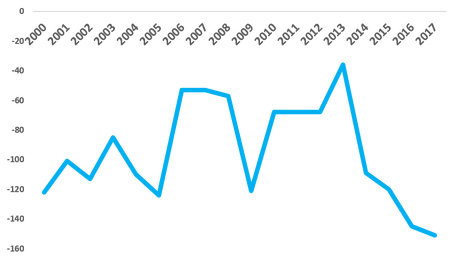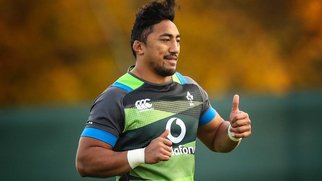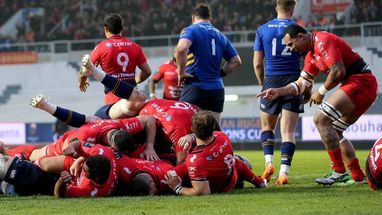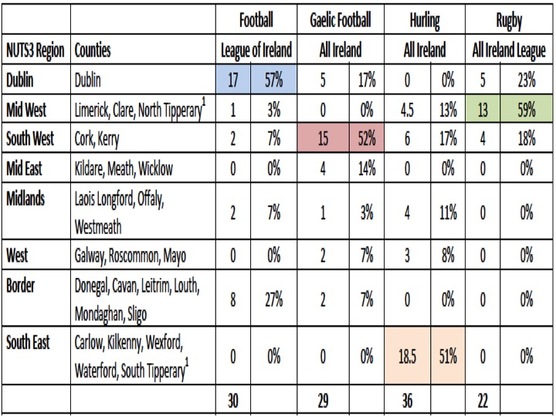Last week our paper Bonus Incentives and Team Effort Levels: Evidence from the ‘Field’ was accepted for publication in the Scottish Journal of Political Economy (SJPE). The SJPE has a long association with sports economics and published the first paper in Europe on sports economics in 1971 - Peter Sloane's examination of the labour market in football.
Our paper, co-authored with Liam Lenten (La Trobe) and Pat Massey (Compecon), explores the effect of bonus incentive mechanisms with a focus on how such a scheme influences aggregate production levels of teams of workers. What better place to do this than in the highly competitive setting of professional sport.
Using data from European rugby's Heinken Cup from 1996 to 2014 we explore that the introduction of bonus points for the 2003/4 competition, and all years that followed, influenced the number of tries scored.
The modelling results demonstrate qualified evidence that introducing bonuses encouraged teams to score more tries, incentivised teams to increase effort to earn the bonus, and without reducing production after the bonus is achieved.
The paper should be available in the coming months in SJPE.







 RSS Feed
RSS Feed